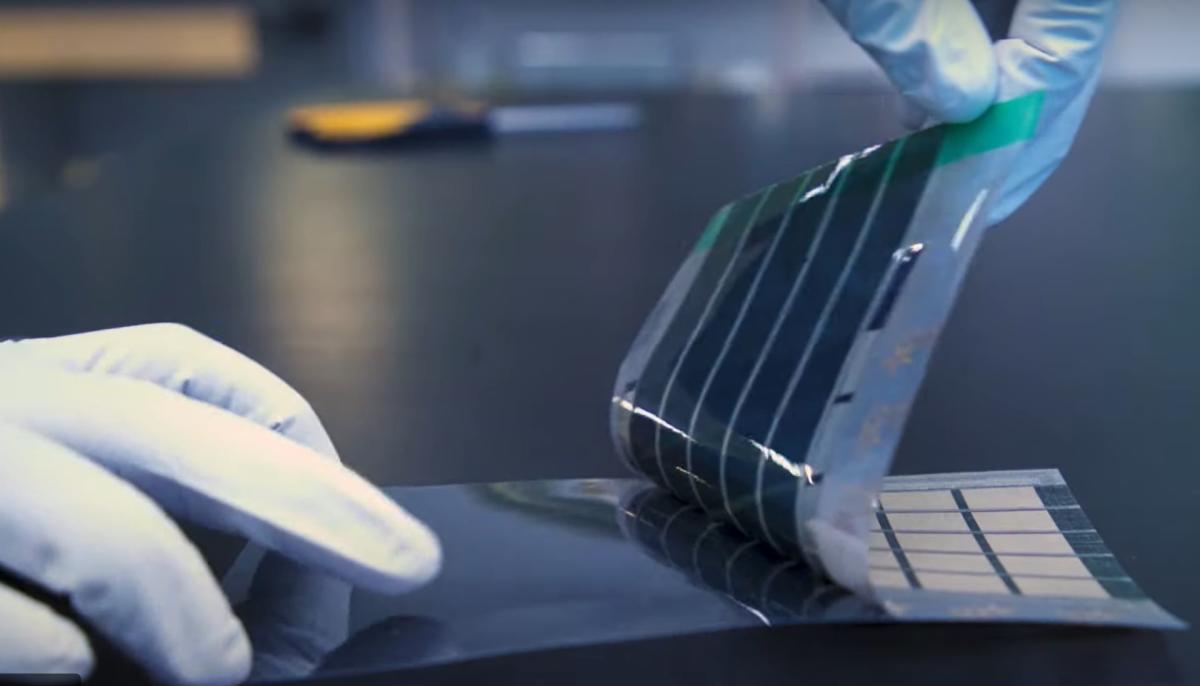- cross-posted to:
- [email protected]
- cross-posted to:
- [email protected]
Scientists develop mega-thin solar cells that could be shockingly easy to produce: ‘As rapid as printing a newspaper’::These cells could be laminated onto various kinds of surfaces, such as the sails of a boat to provide power while at sea.



“We already have technology that doesn’t do those things well enough, so this new technology that won’t see advancement ever has no chance of addressing these issues either.”
Trickle charge is awesome. Trickle charge the semi during your 8 hour driving shift and then another 8 hours while the trucker is asleep. If that nets half a charge every other day, that’s a charge and a half a week. It’s not self powered like a perpetual motion device, those aren’t real. But regenerative braking is a worthwhile addition to an electric truck. Why wouldn’t solar paper or whatever we want to call it also be part of the solution?
More like, it would take 8 days of constant sun to have an hour of driving.
Currently. Technology gets better
No, there is literally only so much energy radiated by the sun in a certain area. The number of square feet of roof on a car is just too small to propel it, even with magic theoretical 100% efficient panels.
You do know cars don’t have to move all the time right? If I was on a road trip and got stuck because of no juice for whatever reason, I would be able to camp wherever I am for a couple days and then have enough to move.
Your thinking is pretty small minded
This isn’t some theoretical thing I’m making up. It’s really basic math and physics you should have learned in high school. To do a trip of a few miles you would have to charge for a week. Here is a good explainer with demonstration cars that have been physically built, maybe that will help drive the point home.
As outlined elsewhere in this thread, you’d have to move the Earth closer to the sun for this to be feasible. You can only get so much solar power as it stands, and even 100% efficient panels would only go so far.
Nah. Even 1% power is better than 0% power
Not when it costs any amount of money to do so.
There are physical limits at play to how much power this can provide. No amount of technological improvement can break them.
Imagine the driver plugging in the truck during the 8 hours while they’re asleep. That’s an achievable goal.
Here’s a video of a camper van with traditional solar panels on the roof using a slide-out awning technique.
https://youtu.be/Ev5C9gf0zFc?si=97piy-3mV9TIsRlu
You might say that’s impractical for regular use. Sure, it is, but your previous argument was that is was impossible due to physics, which the video clearly shows isn’t physically impossible, so we’re already much closer to a reality. I’m not saying it could drive forever without stopping or be the only power source. That’s silly. But if it reduces the need to charge from a grid by X% it can be a useful technology. Go on now and tell me how it could never ever work.
A camper van. Which has electrical use for things besides turning a motor. Yeah, that’s useful, but it doesn’t exactly help your case.
Under optimal conditions, the sun gives us 1000Wh per square meter. Let’s say you have a 100% efficient solar panel. A semi truck trailer has a max of 42 sq meters on top of its trailer. So you get 42kWh out of this.
It takes about 280kWh to keep a semi truck at cruising speed on the highway. Thus, in this most optimal scenario, it would give you an additional 15%. Even this assumes there is no additional aerodynamic drag from the panels, mounting hardware, or wiring. It wouldn’t take much to completely blow that 15% away.
If it’s a cloudy day, all of it is now deadweight, and now hurts more than it helps. If you don’t drive on the equator, its output drops and it now hurts more than it helps. If you have solar panels that actually exist that do around 20% efficiency instead of 100%, it now hurts more than it helps.
I guess we could move the Earth closer to the sun. Won’t help our global warming problems, though.
It also turns the motor bro, did you watch it?
Of course it does. Doesn’t mean it’s a good idea.
Did you math?
You first said is was physically impossible. I’ve shown you it wasn’t and predicted you’d move the goal post from possibility to practicality. And you did. Thanks for proving that you don’t really care about whether it could even possibly work, but just that you wanna dunk on excitement and be right on the Internet. Have a good day.
I never said this.
“There are physical limits at play to how much power this can provide. No amount of technological improvement can break them.”
Also, the fact it powers the motor for the camper AND all the appliances and such just proves the viability that much more, as the extra power draw is still supported by the camper’s solar power system.